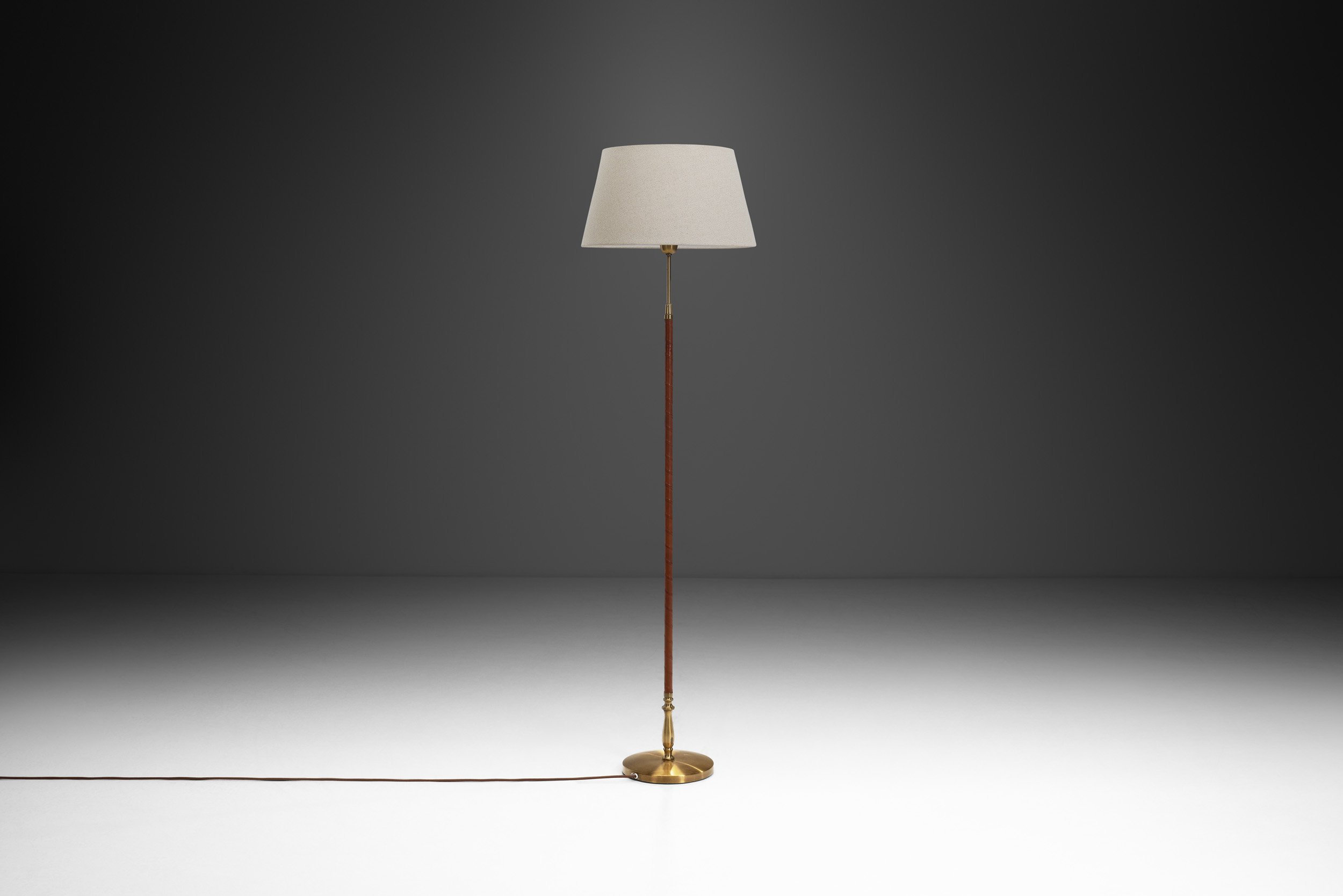Wiener Werkstätten Art Deco Table Lamp, Austria ca 1930s (sold)
















Wiener Werkstätten Art Deco Table Lamp, Austria ca 1930s (sold)
Wiener Werkstätte was a production group of visual artists founded in 1903 with the aim to counteract industrial mass production and the rigid historicism with contemporary, handcrafted quality products based on the English model of the Arts & Crafts movement.
The Wiener Werkstätte and consequently its products, represented a revolutionary reinterpretation of applied arts and a turning away from the industrial imitation of past styles. This large table lamp has an essentially Art Deco aesthetic with symmetrical geometric lines in combination with pronounced curves and a dimmed, atmospheric light. The design is individualistic with a black painted metal body supporting a large, bell shaped glass shade. The base is the most decorated element of the lamp, with four curved legs and decorations in the form of small pyramids and a layered arrangement. The glass shade truly stands out against the straight, sometimes strict edges of the body, both in colour and contour. The contrast between the body and the delicate milky glass is apparent, enhancing both materials. With the advent of large-scale manufacturing, Wiener Werkstätte’s artists and designers wished to enhance the appearance of mass-produced functional and utilitarian objects. Art Deco's pursuit of beauty was directly reflective of the relative newness and mass usage of machine-age technology rather than traditional crafting methods to produce many objects.
The Art Deco ethos emphasized the uniqueness and originality of handmade objects and featured stylized, organic forms. That crafted quality is emblematic of the Wiener Werkstätte’s models, including this table lamp.
SOLD
Condition:
In good vintage condition. Wear consistent with age and use. The metal body has some marks and scratches.
Dimensions:
9.64 in Ø x 26.57 in H
24.5 cm Ø x 67.5 cm H
About the manufacturer:
The Wiener Werkstätte (Vienna Workshop), established in 1903 by the graphic designer and painter Koloman Moser, the architect Josef Hoffmann and the patron Fritz Waerndorfer, was a productive association in Vienna, Austria that brought together architects, artists, designers, and artisans working in ceramics, fashion, silver, furniture and the graphic arts.
The Workshop was dedicated to the artistic production of utilitarian items in a wide range of media, including metalwork, leather work, bookbinding, woodworking, ceramics, postcards and graphic art, and jewellery. It is regarded as a pioneer of modern design, and its influence can be seen in later styles such as Bauhaus and Art Deco. Most of the objects produced in the Wiener Werkstatte were stamped with a number of different marks: the trademark of the Wiener Werkstatte, the monogram of the designer and that of the craftsman, who created it. The Wiener Werkstatte had about 100 employees in 1905, of whom 37 were masters of their trade.
The Workshop "derived inspiration from the rich tradition of the glorious past" with fine workmanship and high attention to detail, hearkening back to a more civilized, and secure, time.[4] Beginning with the 14th Exhibition of the Vienna Secession in 1902, the radical distinctiveness of certain Viennese artists began to emerge, setting a foundation for the widespread Modernist movement; this became known as Wiener-Werkstätte-Stil (literally, the Vienna Workshops Style).
Following World War I, in 1926, Workshop financier Otto Primavesi's bank failed, and the Workshop limped through the stock market crash in 1929. Ultimately it was forced to close in 1932.










